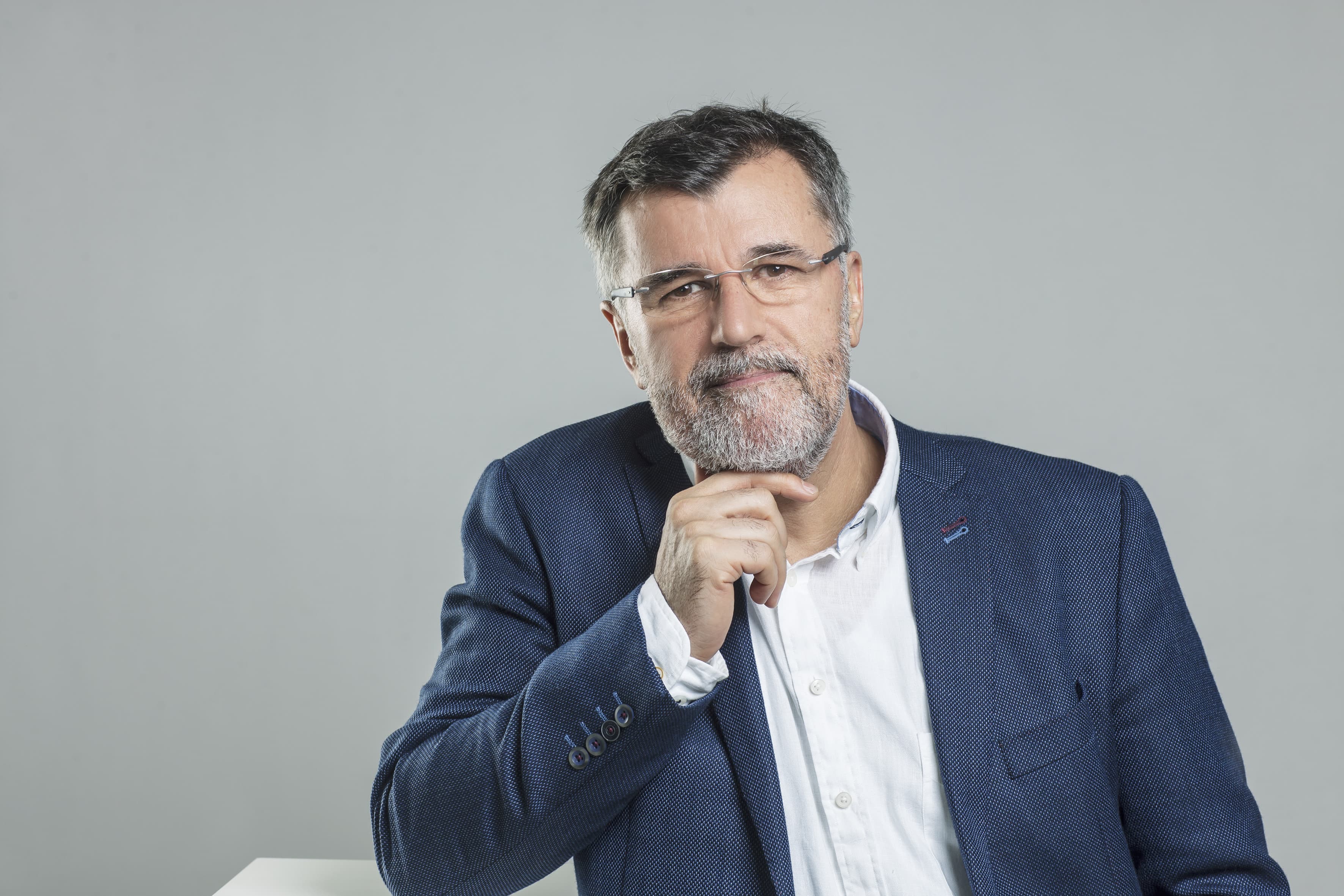Analysis by ANEM: How Do Journalists of Local Media in Serbia Live and Work?
More than one-fifth of local media journalists in Serbia earn less than 50,000 dinars per month, and the same number have salaries between 51,000 and 65,000 dinars, according to research conducted by the Association of Independent Electronic Media (ANEM) among 60 local media journalists.

The results of the research published in the report "Analysis of Local Media in Serbia 2024-2025: Economic, Social, and Professional Status of Journalists" indicate that nearly 17 percent earn between 66,000 and 75,000 dinars monthly, 13.3 percent earn between 76,000 and 80,000 dinars, while only one in ten employees in local media earns over 100,000 dinars.
When asked whether their salary can cover basic monthly expenses in the town/city where they live, the majority, or one-third, responded "very little." One-fifth stated that their salary covers half of their expenses, while 23.3 percent manage, but with "significant measures of saving."
This financial situation has forced many to take on multiple jobs, with 15 percent working for several media outlets, and 8.3 percent holding an additional job in a completely different sector. However, given the circumstances and conditions in which the media market in Serbia operates, it is certainly difficult for those who are forced to find additional work, as 60 percent of respondents work for a single media house.
According to the survey results, half of the journalists identified "insufficient salaries" as the biggest problem in local journalism in Serbia. The second-largest issue is the closed nature of institutions towards the media, identified by 21.7 percent of respondents, while 15 percent believe that pressures and threats to journalists are also among the major problems.
On the other hand, when assessing the problems in their newsrooms, almost every second respondent (48.3%) indicated that the lack of human resources is a significant issue, 16.7 percent cited job overload, 10 percent reported the absence of fixed working hours and days off, and 8.3 percent highlighted irregular salaries.
The difficult situation is also pointed out by the owners of local media. Of the 14 who participated in a special survey as part of this research, 71.4 percent assessed that their newsroom is not self-sustaining, and they see unfair market conditions regarding advertising and project co-financing (42.9%) and a lack of finances (35.7%) as the biggest problems.
Most of them do not have a large number of journalists, even though they are needed; of the 14 owners who participated in the survey, three stated that they have no employees at all. Nine media outlets have fewer than ten staff members, three have more than ten, and only one has more than 30, leading to a range of expenses for employee salaries from 40 to 90 percent.
Local journalists are also facing numerous pressures, threats, and attacks, which have become more pronounced at the end of last year and in the first half of 2025. The database of the Independent Journalists' Association of Serbia (NUNS) recorded 135 cases of attacks, pressures, and threats against journalists in the first five months of 2025, of which 34 were directed at local media. Throughout the entire previous year, there were 37 cases related to local journalists out of a total of 166 cases.
According to the database of the Journalists' Association of Serbia (UNS), the number of cases threatening local media has increased compared to the first five months of last year. In 2025, UNS recorded 28 cases threatening local media journalists, which is eight more than last year.
The complete "Analysis of Local Media in Serbia 2024-2025: Economic, Social, and Professional Status of Journalists" is available at this link.
The research was conducted as part of the project by the Association of Independent Electronic Media "Participatory Monitoring of the Implementation of Co-Financing Projects," which is supported by the Dutch Ministry of Foreign Affairs through the MATRA program. The content of the analysis is solely the responsibility of ANEM and does not necessarily reflect the official views of the Kingdom of the Netherlands.















